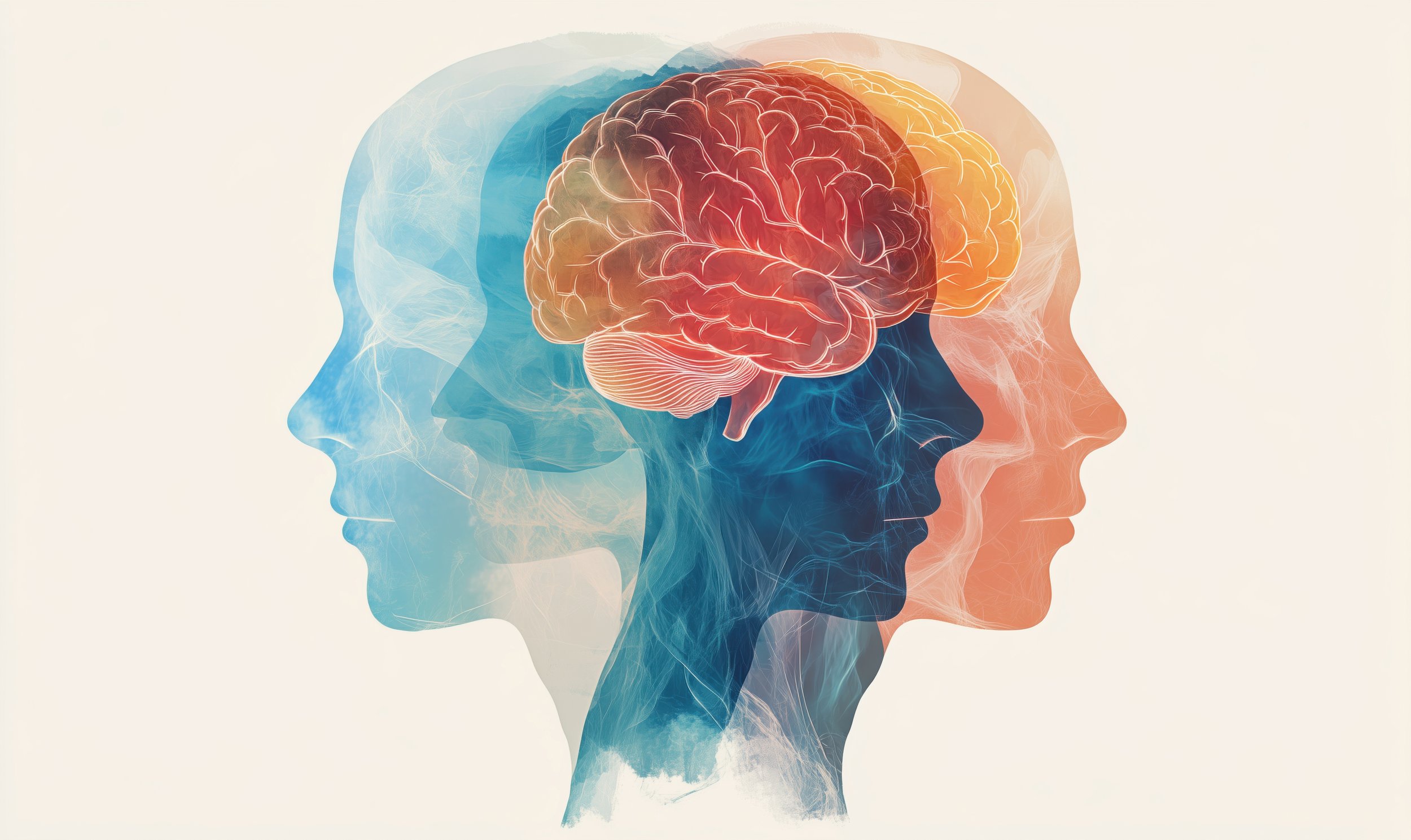QEEG Brain Mapping
Quantitative EEG (QEEG) Brain Mapping is the starting point for all neurotherapy services at Mighty Village. This noninvasive assessment provides a detailed look at brainwave activity and helps us understand how your or your child’s brain is functioning in real time.
Through this process, we’re able to identify patterns that may be contributing to attention difficulties, emotional dysregulation, anxiety, learning challenges, or sleep disturbances. Most importantly, the QEEG gives us the information we need to create a personalized roadmap for care.
What Is a QEEG?
QEEG stands for Quantitative Electroencephalography. It’s a specialized form of EEG that not only records brainwave activity but also compares it to a large database of age-matched peers. This allows us to see how different brain regions are communicating and functioning relative to typical patterns.
We place a sensor cap on the head that records electrical activity at 19 different locations across the scalp. The process is safe, painless, and well tolerated, even by children and teens. It takes about 45-60 minutes and can be done while seated comfortably watching a calming visual display.
Why Brain Mapping Matters?
Every brain is different. QEEG Brain Mapping ensures that we’re not guessing or using a one-size-fits-all approach. Instead, we tailor each protocol to reflect the unique neural patterns and goals of the individual. This is especially important for children and teens, whose brains are rapidly developing and benefit most from targeted, adaptive interventions. Brain mapping allows us to track progress over time and make informed adjustments based on real changes in brain activity.
What Does the Brain Map Tell Us?
Your QEEG report provides insight into the brain’s electrical organization, including:
Overactivation or underactivation in specific brain regions
Imbalances between brain hemispheres
Elevated fast or slow wave activity, often associated with ADHD, anxiety, or learning differences
Patterns related to sleep, sensory processing, or mood regulation
These findings do not represent a diagnosis but serve as a functional assessment of how the brain is operating. We use this information to guide neurofeedback, neurostimulation, and other individualized interventions.
What to Expect
- Parent or caregiver presence
A parent or caregiver is welcome to stay with younger clients throughout the session to provide comfort and support. Older teens and adults may choose to complete the session independently. - Sensor cap with conductive gel
We use a soft cap with non-toxic conductive gel to record brainwave activity at multiple points on the scalp. The process is safe, gentle, and the gel washes out easily with water. - Quiet, relaxing recording session
You or your child will sit calmly while we record brain activity with eyes open, eyes closed, and during an active task. Most people find the experience restful. The entire process takes about 60 minutes. - Follow-up consultation
Once the recording is complete, we’ll schedule a review session to walk you through the results and discuss how they will guide your personalized care plan. - Detailed written summary (optional)
If requested, we can provide a written summary that outlines key findings and how they relate to attention, mood, or regulation challenges.
Understanding Brain Waves
The brain is always active, producing electrical signals known as brain waves. These waves come in different frequencies, and each one is linked to different mental states. With QEEG, we can measure the balance of these brain waves and see how they may be affecting focus, mood, or behavior.
Here are the main types of brain waves we look at:
- Gamma waves (>30 Hz)
These very fast waves are associated with learning, memory, and mental sharpness. We monitor gamma activity in select cases to support cognitive performance.
- Beta waves (12–30 Hz)
Beta is linked to thinking, problem-solving, and active concentration. Too much beta may be tied to anxious or racing thoughts, while too little can relate to inattention.
- Alpha waves (8–12 Hz)
Alpha helps us feel calm and alert. It reflects a relaxed state and is often underactive in individuals with anxiety or high stress.
- Theta waves (4–8 Hz)
Theta is connected to daydreaming, creativity, and emotional processing. Too much theta during tasks can make it hard to focus or stay alert.
- Delta waves (0.5–4 Hz)
These are the slowest brain waves, often present during deep sleep. High delta when awake may be linked to fogginess, sluggish thinking, or fatigue.
Through QEEG brain mapping, we can identify whether certain brain waves are too high, too low, or out of balance. Then we use neurofeedback or neurostimulation to help train the brain toward more optimal patterns — much like physical therapy for the brain.















